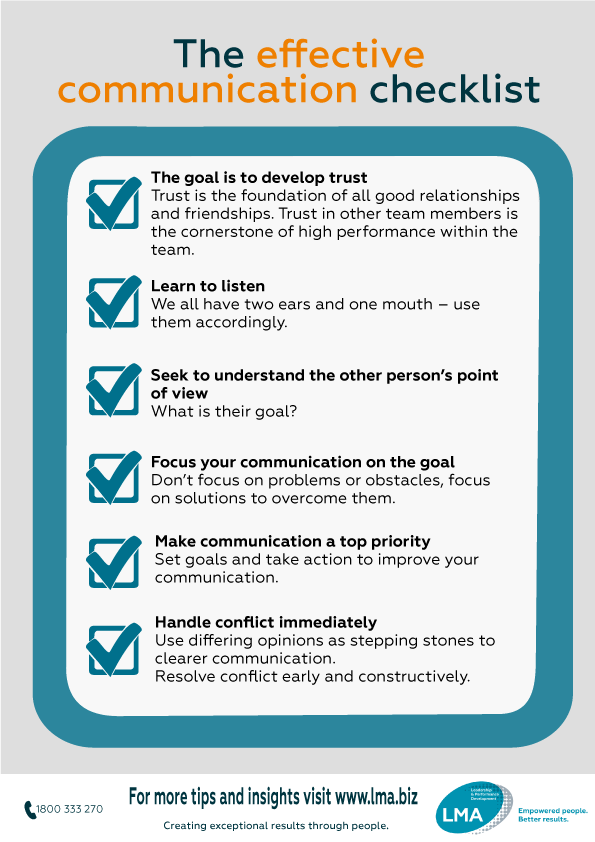The continuing rise of social media tools has, in many ways, made our lives as salespeople so much easier. Before social media, tracking down the Sales Director of a prospect would mean a lot of leg work in the form of research, telephone contact and schedule adjusting. Now, social tools such as LinkedIn have made it easier than ever to track down potential prospects, find out more about them and utilise this to link up with them in real life.
So, why are only a slim 31% of sales reps incorporating social media into their sales process? According to a recent survey from PeopleLinx, under a third of sales reps interviewed were actively utilise social media to sell. While there will be a lot of differing opinions as to why this number was so low, the lack of social selling adoption wasn’t due to a lack of interest or perceived value. It came down to many salespeople not knowing how to best utilise social media to sell.
While salespeople can abstractly understand the need to incorporate a social element into their selling strategy, it can be difficult to know where to start. Similarly, those who may have been using social media on a regular basis may not be getting the best results possible due to a lack of training or exposure to some of the particular tips and tricks pertinent to the social media universe. In the same study by PeopleLinx, the adoption rate increased to 74% of respondents once they had been trained on how to use social media to sell. The lesson? Keeping abreast of trends doesn’t just happen, it requires time and training that allows everyone to adopt these new tools, not just the early adopters in your team.
To ensure you are in the percentile who is utilising the world of social media to sell in the most effective way you can, here are some tips to improve both your own and your team’s social media selling presence
Research the marketplace
First things first, there are a lot of different social media tools out there and all of them have great potential for the savvy salesperson. The first thing to do before you start reaching out to prospects via any social media platform is to understand what each platform does, which one/s are best suited to your market and who is utilising them the best.
A lot of the tools will seem familiar (Facebook, Twitter, LinkedIn etc), but how well do you know how they work? For example, Facebook is one of the best arenas for business to consumer sales. By comparison, LinkedIn is one of the best tools to use if you are looking to make business to business contacts. While some of these markets will cross over, you need to understand if this is true for your industry, your product or service and your way of reaching the people who matter most to your business.
When picking your platform, it’s all about knowing where your prospects are spending the most time and then directing the majority of your efforts intelligently and consistently towards that direction.
Focus on creating a solid base
Apart from a few noteworthy exceptions, achieving social media success doesn’t happen overnight. It starts with honing in on your fundamentals and building solidly upon them.
Depending on the platform you are using to ultimately sell on, this may mean building upon the number of your followers through the use of engaging content, or using your existing network in the real world to increase your virtual network through colleagues of colleagues or organisations you wish to be affiliated with. This process can take a while to get set in motion and can appear at times to be an uphill battle. However, by continuing to consistently build your foundation you will have a higher response rate when your messages regarding sales do eventually start going out. Once your network feels they know you, they are more likely to listen to what you have to say.
Connect wherever and whenever you can
Making as many meaningful connections as possible is essential both in the building your social media presence and the utilising it for sales reasons.
Regularly conduct a search into what is happening in your industry. Investigate what your competitors and clients are saying about developments that are on the horizon. Take a leap forward and put out your own original material to position yourself as an industry thought leader.
Being able to read the social landscape and have an informed opinion on goings on within it is essential to connecting meaningfully to as many potential long term clients as you possibly can. If you consistently share good content with your social networks, it can easily spread to other peripheral networks, increasing your visibility and the visibility of what you are selling.
See the platform as a two way conversation
Once you are connected to your prospects and market, don’t immediately bombard people with your message and your pitches. Instead, take the time to read what they are putting out into the social media atmosphere and find ways to start a genuine conversation with your networks.
Commenting on your prospects posts, retweeting their messages or answering questions put out into the ether by your networks will build upon your relationship with them. Perhaps the most important thing for salespeople to remember when utilising social media in their larger selling strategy is to develop relationships more than they develop leads. Good relationships will turn into solid leads.
Determined to be the best salesperson you can be? Enrol in LMA’s The Sales Edge course and stretch your skills with colleagues and peers.










